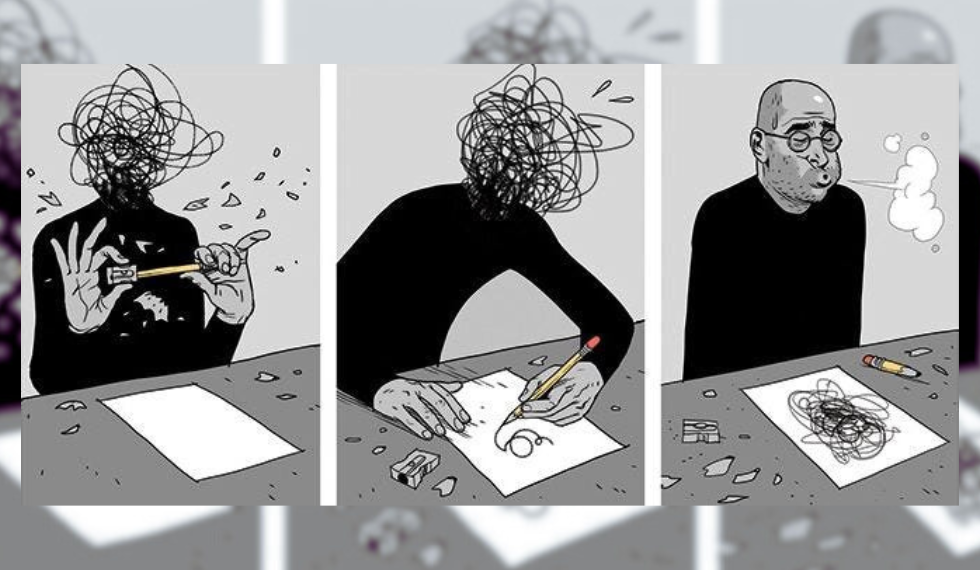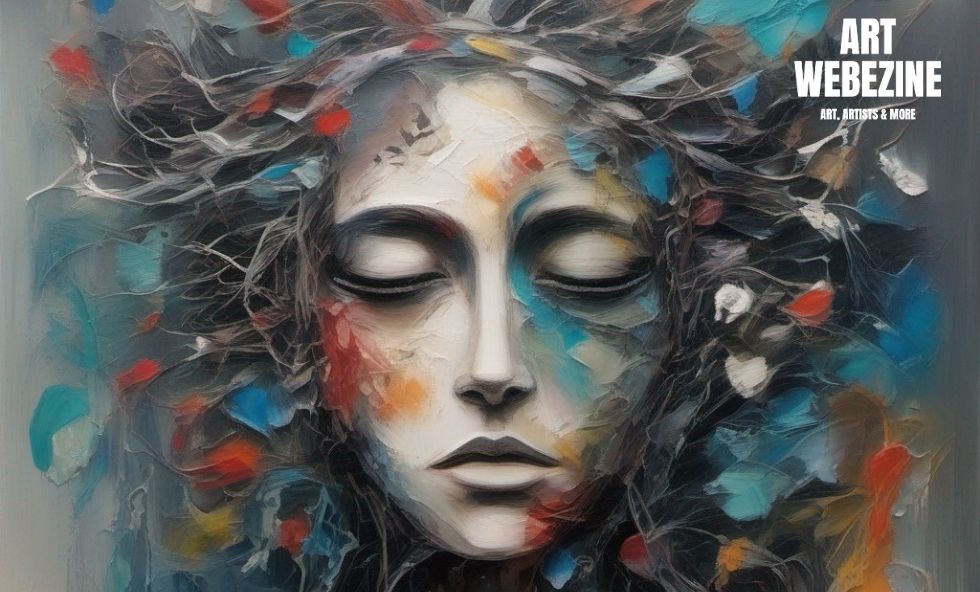Art has been a medium of expression and healing for centuries, offering individuals an avenue to explore their innermost thoughts and emotions. In recent years, the relationship between art and mental health has gained significant attention, particularly in the context of art therapy. This form of therapy, which utilizes various creative processes and artistic mediums, has shown promising results in promoting emotional well-being and addressing mental health issues.
In this comprehensive exploration, we will delve into the connection between mental health and art therapy, shedding light on how this innovative approach benefits patients. Throughout this discussion, we will use keywords such as “mental health” and “art therapy” to provide insight into the transformative power of art in promoting emotional and psychological well-being.
Understanding Mental Health
Mental health is an integral aspect of overall well-being, encompassing emotional, psychological, and social aspects of an individual’s life. It is a state of well-being in which an individual can cope with life’s challenges, work productively, and contribute positively to their community. However, numerous factors, including stress, trauma, genetics, and environmental influences, can impact an individual’s mental health, potentially leading to the development of various mental health conditions.
Art therapy has been gaining popularity as a form of treatment for individuals struggling with mental health issues. This form of therapy is based on the idea that the creative process can be healing and therapeutic for people of all ages, backgrounds, and abilities. Art therapy is used to treat a wide range of mental health conditions, including depression, anxiety, post-traumatic stress disorder (PTSD), and substance abuse disorders. This article explores the benefits of art therapy for patients and how it can be used to promote mental health and well-being.
What is Art Therapy?
Art therapy is a form of psychotherapy that uses art materials and the creative process to help patients express their emotions, develop self-awareness, and improve their mental health. Art therapy is a non-verbal form of therapy, which means that patients can express their emotions and feelings without relying on words. This can be especially helpful for patients who struggle to articulate their emotions or those who have experienced trauma.
Art therapy is typically led by a licensed art therapist, who is trained to use a variety of art materials, such as paint, clay, and collage, to help patients explore their emotions and thoughts. The therapist may provide prompts or themes for patients to work with, but ultimately, the patient is free to create whatever they want.
How Art Therapy Works

Art therapy is a type of psychotherapy that uses the creative process of making art to improve mental, emotional, and physical well-being. It can be used to address a wide range of mental health conditions, including anxiety, depression, PTSD, eating disorders, substance abuse, chronic pain, grief and loss, and autism spectrum disorder.
Art therapy is typically conducted in a one-on-one or group setting. An art therapist will provide clients with art materials, such as paints, markers, clay, and collage materials, and encourage them to create art that expresses their thoughts, feelings, and experiences. The art therapist may also provide clients with prompts or themes to help them get started.
Once the client has created their artwork, the art therapist will help them to interpret and understand it. This can be done through discussion, writing, or other creative activities. The art therapist may also help the client to identify patterns or recurring themes in their artwork.
Art therapy can be used to achieve a variety of goals, depending on the client’s individual needs. Some common goals of art therapy include:
- Self-expression: Art can be a powerful way to express emotions that may be difficult to put into words. This can be helpful for people with mental health conditions who may have difficulty communicating their thoughts and feelings.
- Stress reduction: Art making can be a relaxing and enjoyable activity that can help to reduce stress and anxiety.
- Trauma recovery: Art therapy can help people to recover from trauma by providing a safe and supportive environment for them to process their experiences and express their emotions.
- Self-esteem: Art making can help to boost self-esteem by providing people with a sense of accomplishment and achievement.
- Coping skills: Art therapy can help people to develop coping skills for dealing with stress, anxiety, depression, and other mental health challenges.
- Emotional regulation: Art therapy can help people to learn how to regulate their emotions in a healthy way.
- Self-awareness: Art therapy can help people to become more self-aware by providing them with insights into their thoughts, feelings, and behaviors.
- Self-acceptance: Art therapy can help people to accept themselves for who they are, flaws and all.
- Creativity: Art therapy can help people to develop their creativity and express themselves in new and innovative ways.
- Healing: Art therapy can promote healing by providing people with a safe and supportive environment to express themselves and process their experiences.
- Well-being: Art therapy can contribute to overall well-being by improving mood, reducing stress, and promoting self-expression.
The Benefits of Art Therapy for Patients
Art therapy has many benefits for patients who are struggling with mental health issues. Here are some of the ways that art therapy can help:
Encourages self-expression: Art therapy provides patients with a safe and non-judgmental space to express their emotions and thoughts. Patients can use art materials to create something that represents their feelings, even if they can’t find the words to describe them.
Reduces stress and anxiety: Art therapy can be a calming and meditative experience, which can help patients reduce their stress levels and anxiety. Patients can focus on the creative process, rather than their worries and concerns.
Promotes self-esteem and confidence: Art therapy can help patients build self-esteem and confidence by providing them with a sense of accomplishment. Patients can see their progress over time and feel proud of their creations.
Increases self-awareness: Art therapy can help patients develop a better understanding of their emotions and thoughts. Patients may notice patterns in their art that reflect their mental state or notice how their art changes over time.
Provides a sense of control: Patients who are struggling with mental health issues may feel like they have lost control of their lives. Art therapy can provide them with a sense of control by allowing them to make choices about their art and express themselves in a way that feels safe and empowering.
Art Therapy in Practice

Art therapy can be used in a variety of settings, including hospitals, clinics, schools, and community centers. Here are some examples of how art therapy is used in practice:
Hospitals: Art therapy is often used in hospitals to help patients cope with the stress and anxiety of being in a medical setting. Art therapists may work with patients who are undergoing treatment for cancer, chronic illness, or mental health issues.
Schools: Art therapy is used in schools to help students who are struggling with mental health issues, such as anxiety, depression, and ADHD. Art therapists may work with individual students or lead group sessions.
Community Centers: Art therapy is used in community centers to promote mental health and well-being. Art therapists may work with individuals or groups, such as seniors or veterans.
Substance Abuse Treatment Centers: Art therapy is used in substance abuse treatment centers to help patients express their emotions and develop coping skills. Art therapists may work with patients who are recovering from addiction or struggling with co-occurring mental health issues.
Case Studies: Real-Life Transformations
To illustrate the practical benefits of art therapy, we will explore a few case studies showcasing the transformative power of this therapeutic approach.
Sarah’s Journey from Depression to Hope
Sarah, a 32-year-old woman, had been battling depression for years. Traditional talk therapy offered limited relief, as she struggled to articulate the depth of her emotions. Art therapy became a breakthrough for her. Through the act of painting, she found a way to express her feelings of sadness, loneliness, and despair.
As she painted, her emotions found an outlet, and the artwork served as a tangible representation of her inner world. Over time, Sarah’s art began to shift from darkness to light, reflecting her growing hope and resilience. Her therapist guided her through the process, helping her interpret her art and make connections to her emotional journey. Art therapy played a pivotal role in Sarah’s recovery, allowing her to regain her sense of self-worth and joy.
Sam’s PTSD Recovery Through Sculpture
Sam, a military veteran, suffered from severe PTSD after serving in a combat zone. He experienced debilitating flashbacks and emotional distress. Traditional therapy approaches were ineffective until he began art therapy. Using clay, Sam sculpted representations of his traumatic memories. This hands-on approach allowed him to externalize and confront his experiences in a safe and controlled manner. Through art therapy, Sam gradually reduced the intensity of his flashbacks and improved his ability to manage his emotions. His artwork transformed from dark, chaotic sculptures into more serene and peaceful creations, reflecting his journey from chaos to healing.
How to Find an Art Therapist
If you are interested in trying art therapy, you can find an art therapist by searching online or contacting your local mental health professional. When choosing an art therapist, it is important to find someone who is qualified and experienced. You should also feel comfortable with the art therapist and trust their ability to help you.
Here are some additional tips for finding an art therapist:
- Ask your doctor or mental health professional for a referral.
- Look for art therapists who are licensed or certified by a professional organization.
- Read online reviews of art therapists in your area.
- Schedule a consultation with a few different art therapists to see who you feel
Conclusion
Art therapy is a safe and effective treatment for a wide range of mental health conditions. Art therapy can help people to express themselves, reduce stress, cope with anxiety and depression, recover from trauma, improve their self-esteem, develop coping skills, learn how to regulate their emotions, increase their self-awareness and self-acceptance, express themselves creatively, and promote healing and well-being.






